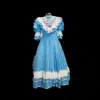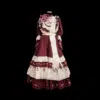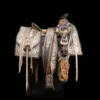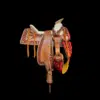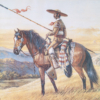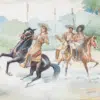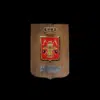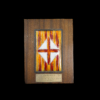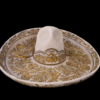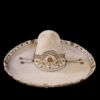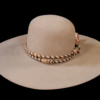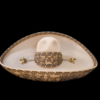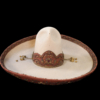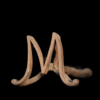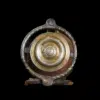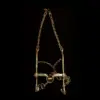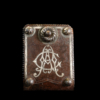On display at the Museo de la Charrería is a rustic shaft that, although it lacks exact data on its age and provenance, serves as a key piece to illustrate the unique evolution of the Mexican charro saddle. This piece is a tangible testimony to the ingenuity and adaptation of indigenous peoples in the creation of their own equestrian equipment, a process that reflected both the adaptation to new realities and the preservation of local equestrian traditions.
The shank: A reflection of the evolution of the charro saddle
This shaft, made from carved tree forks, shows how the indigenous people of Mexico, faced with the first ordinances prohibiting the use of Spanish saddles, managed to develop their own equipment, adapted to their needs and knowledge. The charro saddle, as we know it today, is the result of centuries of evolution, and this shaft is a prime example of that transformation.
The parts of the shaft are joined in a rudimentary but functional manner, using rawhide as the binding material. This type of joining, known as "enredado", is a technique that originated in the first charro saddles. Although today finer and more durable leathers, such as cowhide, are used, the essence of this primitive bonding remains in modern techniques. This process of craftsmanship and adaptation reflects the profound relationship of the indigenous peoples with their saddles, which were not only tools for livestock work, but symbols of identity and survival.
The saddle head: A pulley for cattle handling.
One of the most distinctive characteristics of this shaft is the head of the saddle, which has a unique function: to act as a pulley to wind the reata. This feature is crucial in charreria activities, as it allows the charro to manipulate the previously lassoed cattle with impressive efficiency and dexterity. The pulley at the head of the saddle facilitates the handling of the rope, allowing the charros to perform quick and precise maneuvers, either to secure an animal or to practice the various suertes of the equestrian sport.
Cultural and technical significance
The rustic shaft is a piece that not only has historical value, but is also a reminder of the creativity and resilience of indigenous communities in the face of restrictions imposed by colonial authorities. Rather than simply adopting European tools, indigenous peoples in Mexico transformed equestrian technology to better suit their environment and needs, thus creating a unique version of the saddle, which would eventually become a staple of charreria.
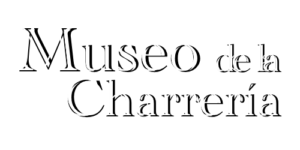
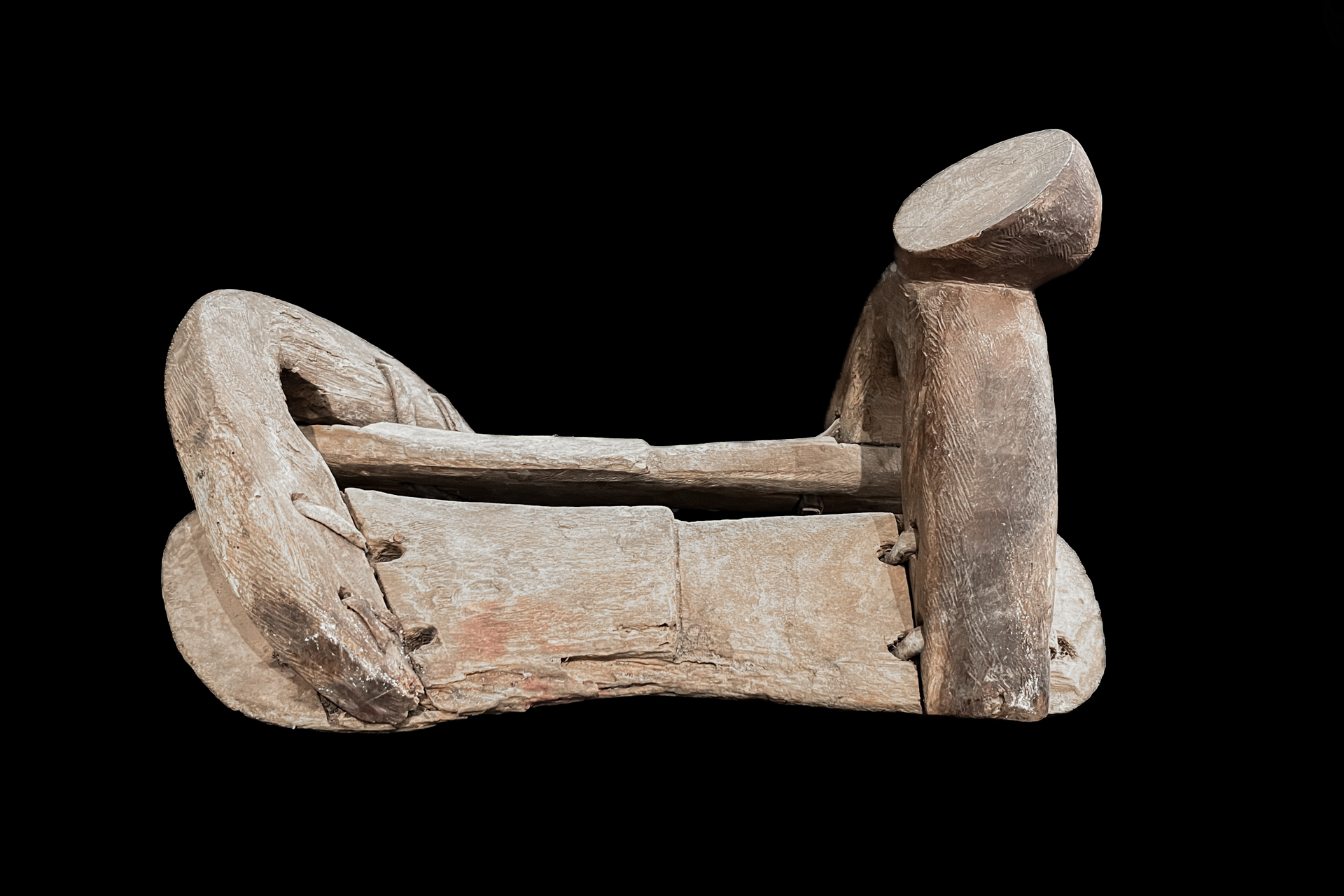
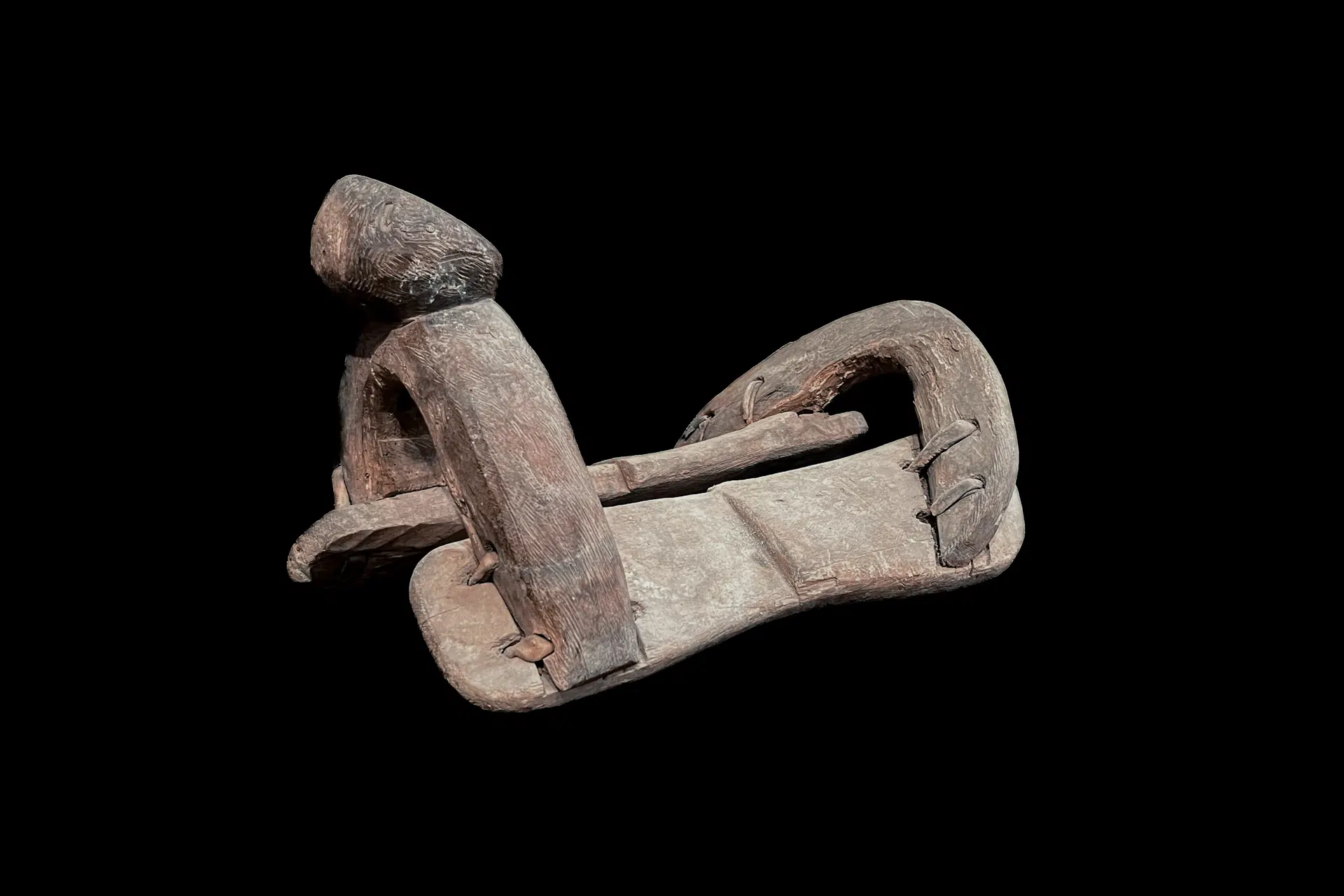
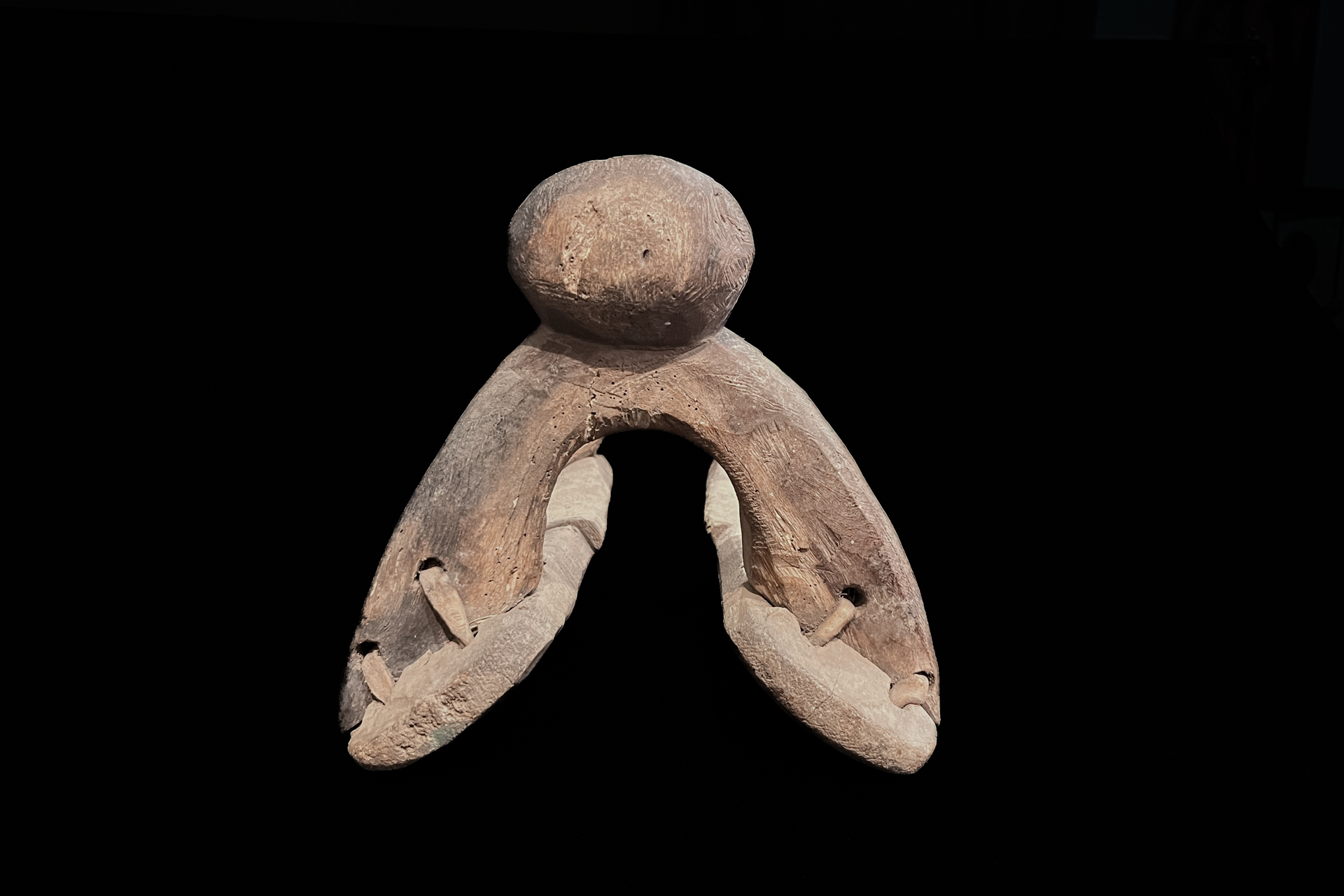
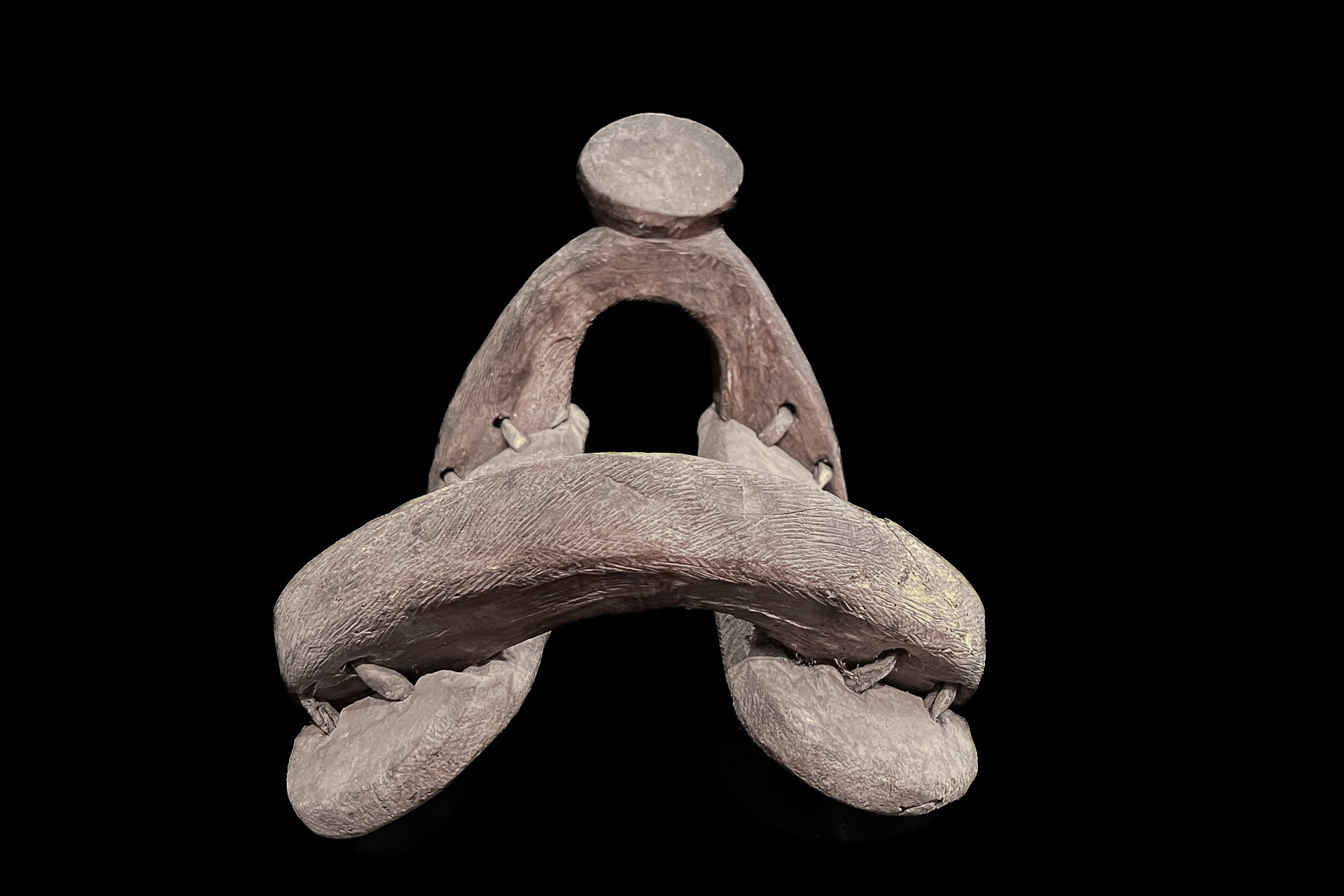
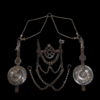
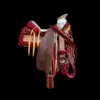
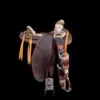
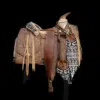
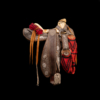


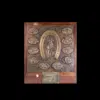
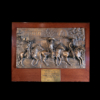
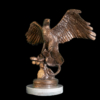
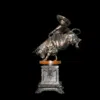

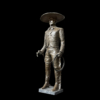
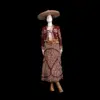
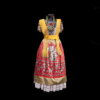
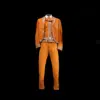
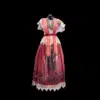 Antonio Gegundez
Antonio Gegundez